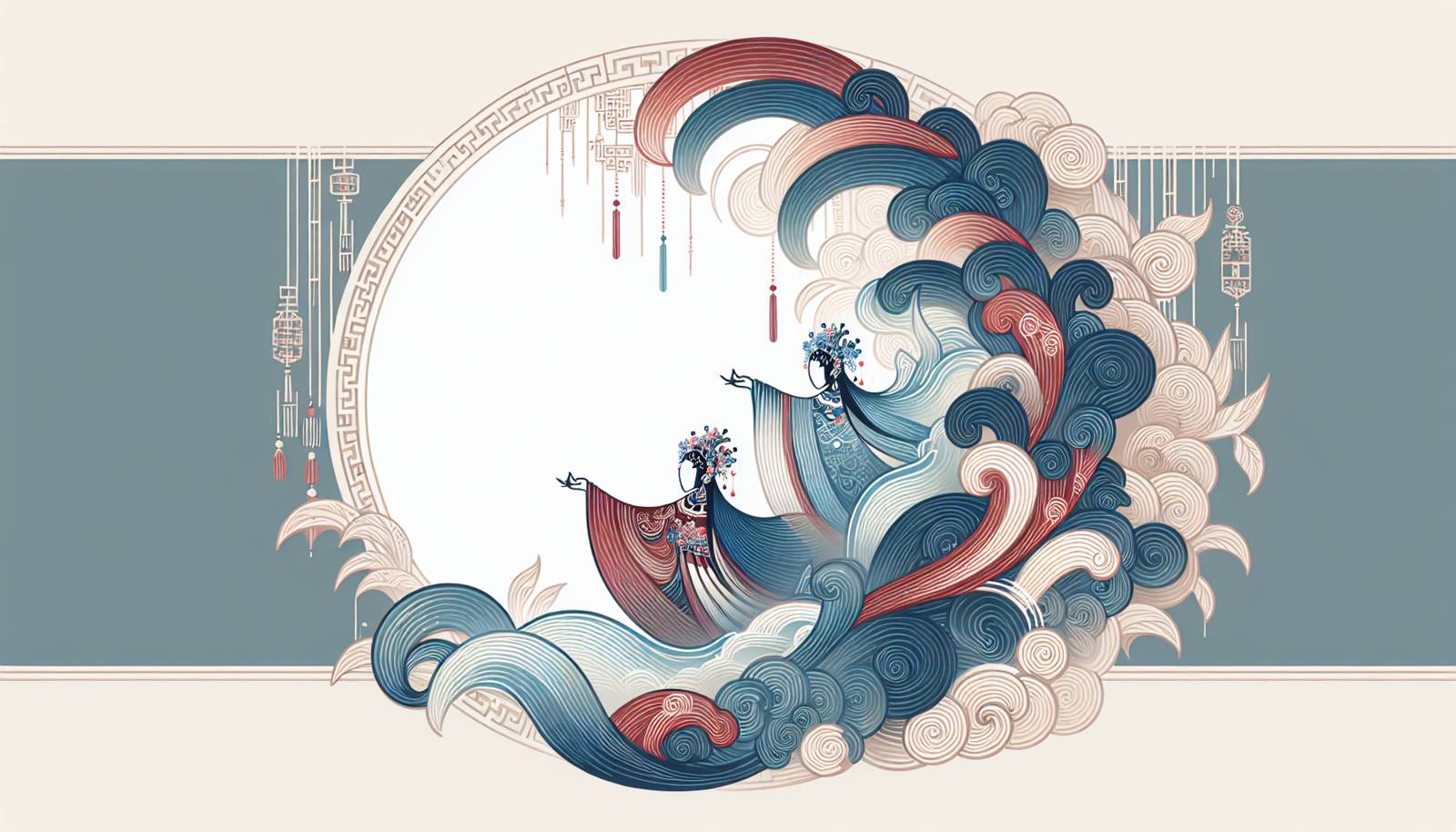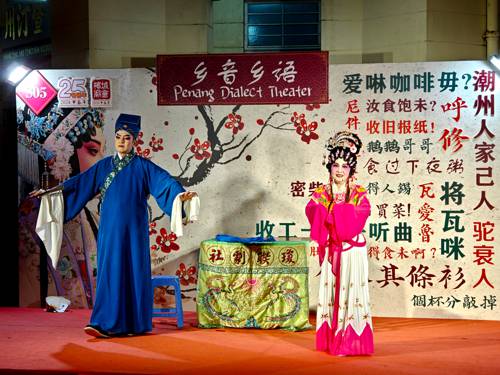
FAQ About The Influence of Traditional Chinese Opera on Performing Arts

What is traditional Chinese opera?
Traditional Chinese opera is an ancient form of musical theater that combines song, dance, mime, and acrobatics, with performances often based on historical, literary, or folk tales. It is known for its elaborate costumes, stylized performances, and use of symbolic gestures.

How has traditional Chinese opera influenced Western theater?
Traditional Chinese opera has influenced Western theater in various ways, including the adoption of its stylized movement and colorful, elaborate costumes. Some directors and playwrights have integrated these elements into modern theater productions to enhance visual aesthetics and explore new storytelling narratives.

What are the distinctive elements of traditional Chinese opera?
Distinctive elements of traditional Chinese opera include its use of symbolic makeup, costumes, and props, as well as a specific vocal style. The performances are often accompanied by traditional Chinese musical instruments, and they incorporate a unique balance of dialogue, song, and dance.

Which styles of traditional Chinese opera are most popular globally?
Peking opera is the most famous style globally, known for its elaborate costumes and distinct vocal style. Other styles include Cantonese opera and Kunqu opera, each having unique characteristics that contribute to the cultural heritage shared internationally.

How do traditional Chinese operas portray characters differently from Western theater?
In traditional Chinese opera, characters are portrayed using symbolic makeup and costumes, each conveying the character's personality and role in the story. The performances use exaggerated gestures and movements to communicate emotions and narrative, which is different from Western theater's more realistic portrayal of characters.

What role do music and instruments play in traditional Chinese opera?
Music and instruments are integral to traditional Chinese opera, setting the tone and rhythm for performances. Instruments such as the erhu, pipa, and gongs create a unique auditory experience that underscores the narrative and complements the dramatic action on stage.

Are there modern adaptations of traditional Chinese operas?
Yes, there are many modern adaptations of traditional Chinese operas. Contemporary productions may incorporate modern visual technology, new compositions, and cross-cultural elements to make operas more accessible and engaging to international audiences.

What are some notable historical influences of traditional Chinese opera?
Traditional Chinese opera has historically influenced East Asian cultural practices, including in Japan and Korea. Its storytelling techniques, aesthetic styles, and musical elements have been integrated into a variety of other performance arts across these regions.

How is storytelling in traditional Chinese opera unique?
Storytelling in traditional Chinese opera is unique due to its combination of music, dance, and mime. It employs a blend of spoken dialogue and sung narratives, often using metaphors and allegory to convey complex themes and moral lessons.

Why is makeup important in traditional Chinese opera?
Makeup in traditional Chinese opera is crucial as it symbolizes the traits and destiny of characters. Different colors and patterns are used to represent specific character attributes, such as bravery, cunning, or villainy, allowing the audience to instantly understand character roles.

How are themes in traditional Chinese opera reflected in global performing arts?
Themes from traditional Chinese opera, such as loyalty, love, and moral integrity, resonate universally and have been incorporated into global performing arts. They often provide a window into Chinese history and culture, enriching international storytelling.

What are the training requirements for traditional Chinese opera performers?
Performers of traditional Chinese opera require extensive training in singing, acting, and martial arts, often starting from a young age. They must master the complex vocal techniques and stylized movements integral to the art form, usually through rigorous mentorship and practice.

How does traditional Chinese opera engage with cultural preservation?
Traditional Chinese opera plays a significant role in cultural preservation by maintaining ancient stories, musical compositions, and performance techniques. It serves as a living history, reflecting the values, beliefs, and aesthetics of Chinese culture and making them accessible to future generations.

What are some famous works of traditional Chinese opera?
Famous works of traditional Chinese opera include "The Peony Pavilion" and "The Legend of the White Snake." These operas are celebrated for their rich narratives, combining romance, adventure, and folklore with elaborate staging and performance.

How have Chinese opera techniques been integrated into other performing arts?
Chinese opera techniques, such as mime, acrobatics, and gesture-based storytelling, have been integrated into various other performing arts, including modern dance, theater, and opera. These techniques introduce a unique expressiveness and dynamism to performances outside of their traditional context.

What impact does traditional Chinese opera have on costume design in theater?
Traditional Chinese opera has significantly impacted costume design through its emphasis on color symbolism and elaborate decorative techniques. These influences are evident in the theatrical costume design, where similar aesthetics are adopted to capture grandeur and cultural nuances.

Is traditional Chinese opera performed outside China?
Yes, traditional Chinese opera is performed outside China, especially in regions with significant Chinese diaspora communities. International festivals and cultural exchanges often feature performances to promote cultural understanding and appreciation.

How does traditional Chinese opera differ from other forms of Chinese performing arts?
Traditional Chinese opera differs from other Chinese performing arts in its comprehensive combination of singing, acting, and dance in one performance. While others might focus on a single art form (e.g., the instrumental focus of an orchestra), opera integrates multiple disciplines to tell a story vividly.

What are the challenges in preserving traditional Chinese opera today?
The challenges in preserving traditional Chinese opera today include a shrinking audience, modernization pressures, and the passing down of traditional skills. Efforts to adapt performances to contemporary tastes while retaining the essence of the opera are ongoing.

How do traditional Chinese opera performances influence audience perceptions of Chinese culture?
Traditional Chinese opera performances influence audience perceptions by providing insights into Chinese history, values, and artistry. The visual and auditory richness of opera helps to communicate cultural narratives and foster an appreciation for the depth and beauty of Chinese heritage.
